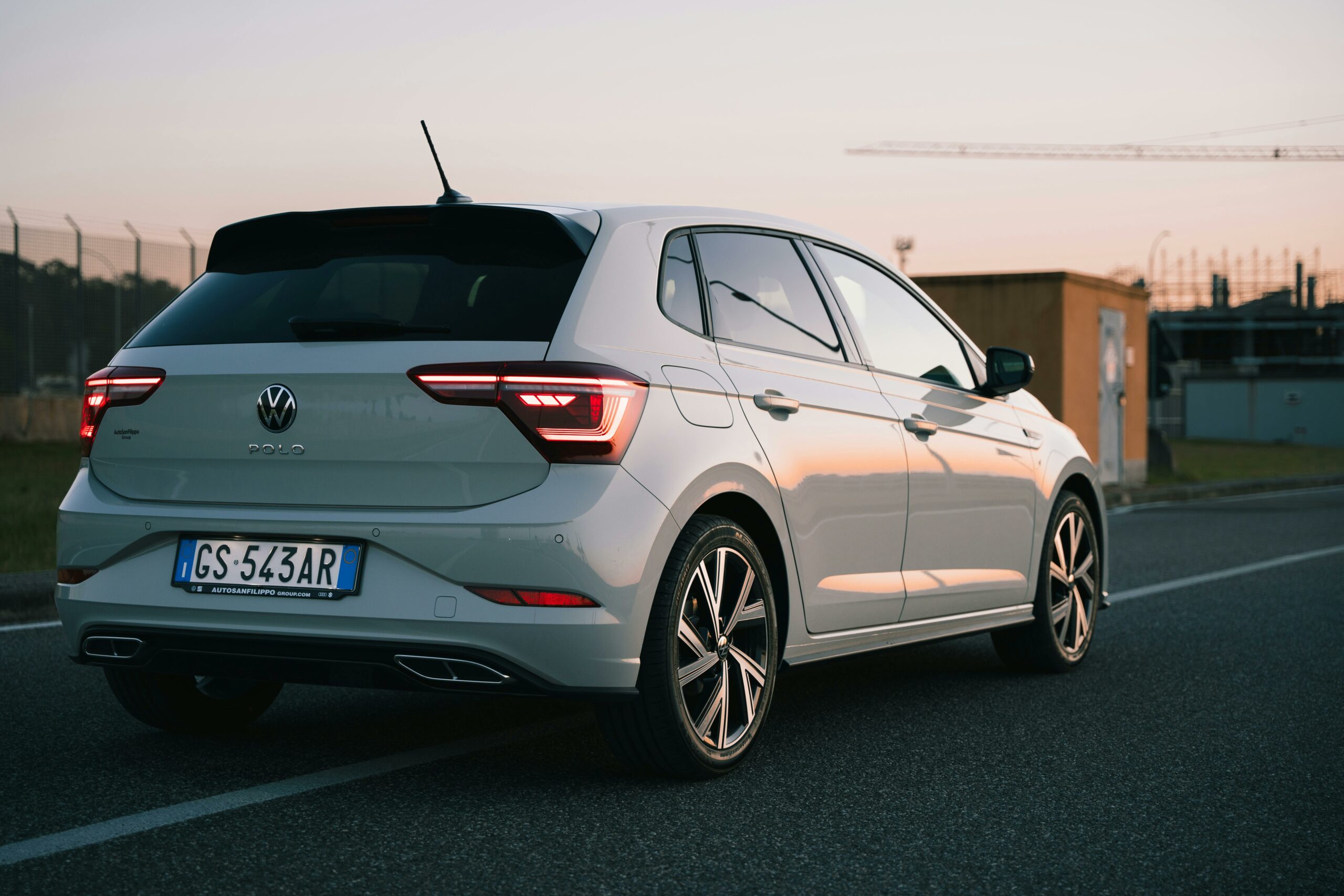Published
2 months agoon

There are few cars that feel equally at home charging up Chapman’s Peak as they do slicing through Johannesburg highway traffic. The Volkswagen Polo GTI is one of them. Having driven and owned GTIs in both cities, I can tell you this hot hatch’s appeal transcends our geographic divisions – though how you buy and maintain it certainly doesn’t.
Whether you’re a Capetonian enjoying the twisties or a Joburger making the daily commute bearable, the Polo GTI delivers what matters most:
That 1.8-liter turbocharged engine feels just as urgent overtaking on the N1 as it does climbing Kloof Nek. The precise steering responds with the same eagerness to input whether you’re navigating Sea Point roundabouts or Sandton traffic. And that classic GTI interior – the plaid seats, the golf-ball gear knob – creates the same special feeling regardless of which ocean you’re closer to.
I’ve owned my 2017 model for three years now, splitting time between both cities. It’s the one car that never feels out of place.
While the driving experience is universal, the markets tell different stories:
In Johannesburg, your money typically buys:
2016-2017 models with moderate mileage
More aftermarket modifications available
Better selection of colors and specifications
Generally lower asking prices for equivalent models
In Cape Town, expect to find:
2015-2016 models for the same budget
More stock-standard, unmodified examples
Premium for cars with proven coastal durability
Fewer options but often better-maintained vehicles
The Cape premium is real, but so is the value. I recently helped a friend buy a 2016 GTI from a meticulous owner in Durbanville. It cost R15,000 more than similar Jozi examples, but came with every service record and zero modifications – worth every extra rand.
6R Generation (2010-2014): The affordable entry point. The 1.4 twin-charger is brilliant but needs meticulous maintenance. Budget R150,000-R200,000.
6C Generation (2014-2017): The sweet spot. The 1.8T engine is more reliable, the styling is sharper. Expect to pay R200,000-R280,000.
AW Generation (2018+): The modern classic. More power, more tech, but prices start around R350,000.
For All GTIs:
Service history is non-negotiable – look for annual or 15,000km intervals
DSG gearbox service every 60,000km is critical
Check for timing chain tensioner issues on earlier models
Look for evidence of regular oil changes
Cape Town Specific:
Pay extra attention to underbody corrosion
Check electrical connectors for salt damage
Look for water intrusion evidence around sunroof seals
Johannesburg Specific:
Inspect suspension components for pothole damage
Check for uneven tire wear from bad alignment
Look for stone chips on front bumper and bonnet
In Cape Town: You’ll love the GTI on your weekend runs to Hout Bay or drives through the Winelands. The adaptive chassis (if equipped) makes sense here. Watch for salt air affecting brake components and exhaust systems.
In Johannesburg: The GTI transforms your daily commute into something actually enjoyable. The turbo punch makes highway merging effortless. Be prepared for more frequent wheel alignments and potential curb damage from our legendary potholes.
After years with GTIs in both cities, here’s my take: The Polo GTI might be the perfect South African hot hatch because it adapts so well to our different environments.
In Cape Town, it’s the sophisticated companion for technical roads and coastal cruising. In Johannesburg, it’s the urban warrior that makes traffic bearable and highways exciting.
Whichever city you’re buying in, focus on service history over mileage, condition over cosmetics, and stock over modified. A well-maintained GTI from either city will deliver that special feeling that makes all of us – whether we wake up to Table Mountain or the Sandton skyline – understand why this car remains a hero.
Click Here to read about Affordable cars for sale in South Africa : Where to Find Deals Under R30 000
To Browse More Cars for Sale in Western Cape visit Car Mag
Follow Joburg ETC















